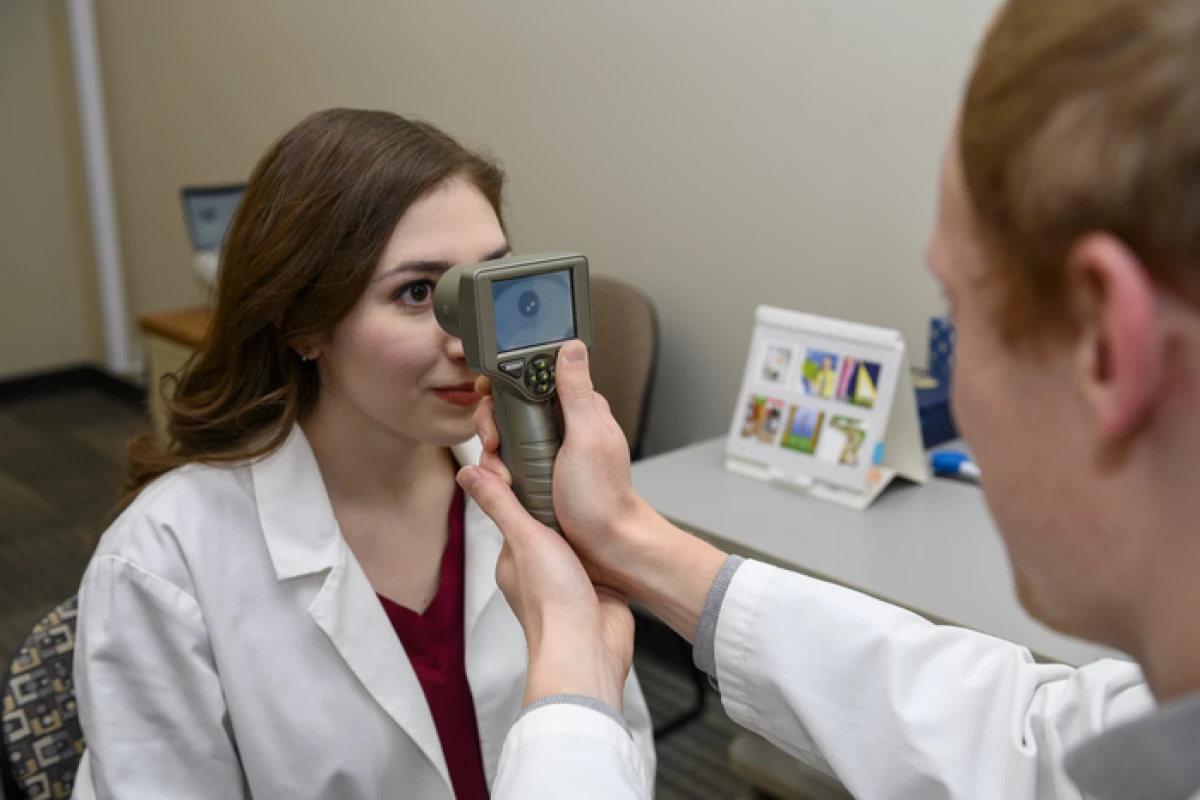New research points to an easily measured eye response to light as a potentially useful way of diagnosing autism in very young children. Further testing is currently underway in a large cohort of children and a simple device to screen pupil responses has been developed.
“We know that when we intervene as early as ages 18 to 24 months it has a long-term impact on their outcomes,” said Georgina Lynch, first author on the new study. “Intervening during that critical window could be the difference between a child acquiring verbal speech and staying nonverbal.”
There are plenty of researchers currently hunting for effective ways to diagnose autism spectrum disorder (ASD) in young children. From blood and urine tests to brain imaging, lots of biomarkers have been suggested but few have so far made it to clinical use.
Other studies have focused on less invasive ways of detecting ASD, and many researchers have looked to the eyes for easily measured biomarkers that signal neurological problems. Again, none of these prospective eye-tracking devices have reached clinical use yet, but there is significant promise for ASD to be easily diagnosed this way.
This new research looks at a behavior in the eye called pupillary light reflex. This is the simple reflex our pupils make in response to surrounding light levels.
In the past, pupillary light reflex has been used to assess serious brain injuries. And in 2018 a team from the University of Washington presented a smartphone app designed to screen for concussion using this particular biomarker.
Lynch’s research in regards to ASD stemmed from her clinical work. She noticed children with ASD seemed to display dilated pupils when exposed to bright light, and she wondered whether this could be a useful way to identify the condition.
“That system is modulated in the brain by cranial nerves rooted in the brainstem, and adjacent cranial nerves affect your ability to acquire speech and language,” Lynch explained. “The pupillary light reflex tests the integrity of that system, so it seemed logical to try this very simple, noninvasive measure to determine whether there were differences between typical development and autism.”
Early research by Lynch did suggest pupillary light reflex could identify ASD but this latest study demonstrates the efficacy of a handheld monocular pupillometer device. The study was small, only comparing 36 children with ASD, aged between six and 17, to a control group of 24, but the results are promising.
The next step for Lynch and colleagues is testing the device in a large cohort of two- to four-year-olds. That testing is currently underway and the results will hopefully establish pupillary light reflex benchmarks for a handheld detection device in the near future.
The study was published in Neurological Sciences.
Source: Washington State University




